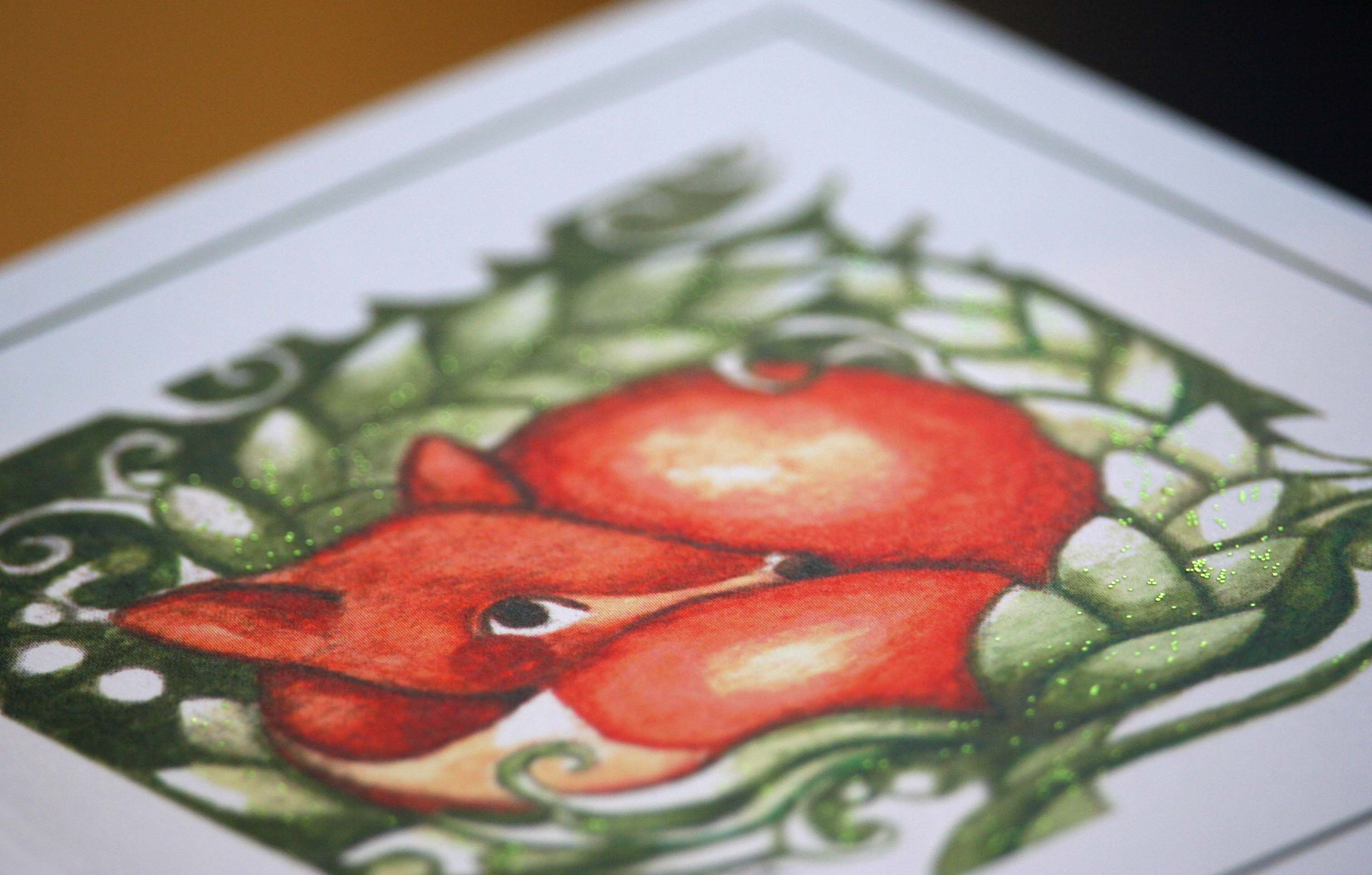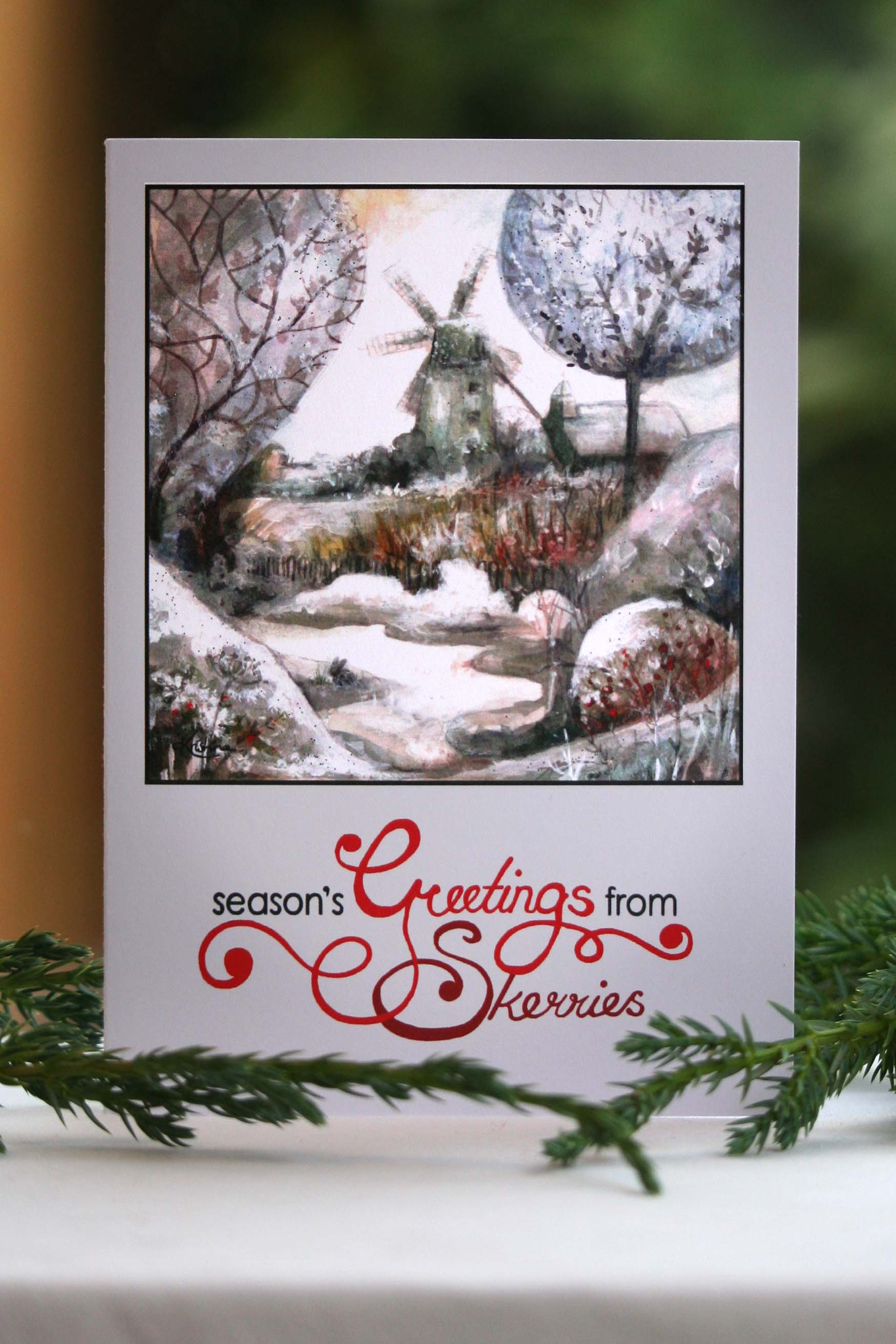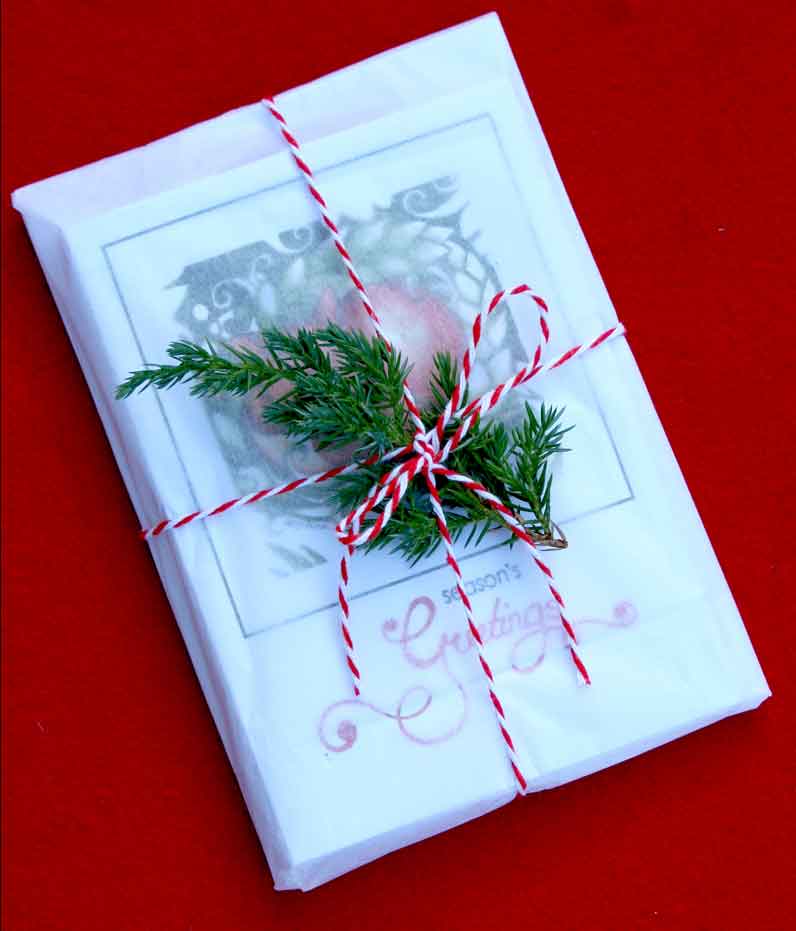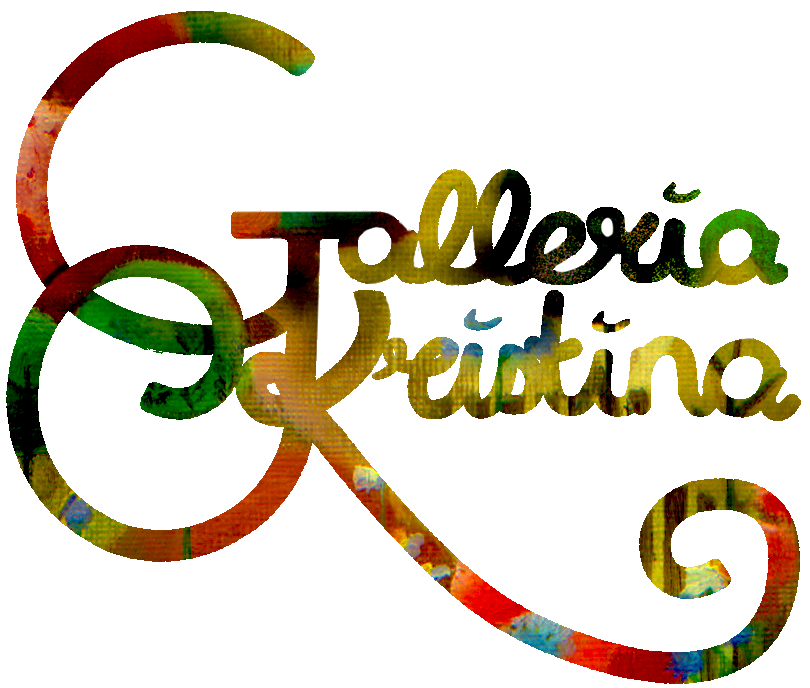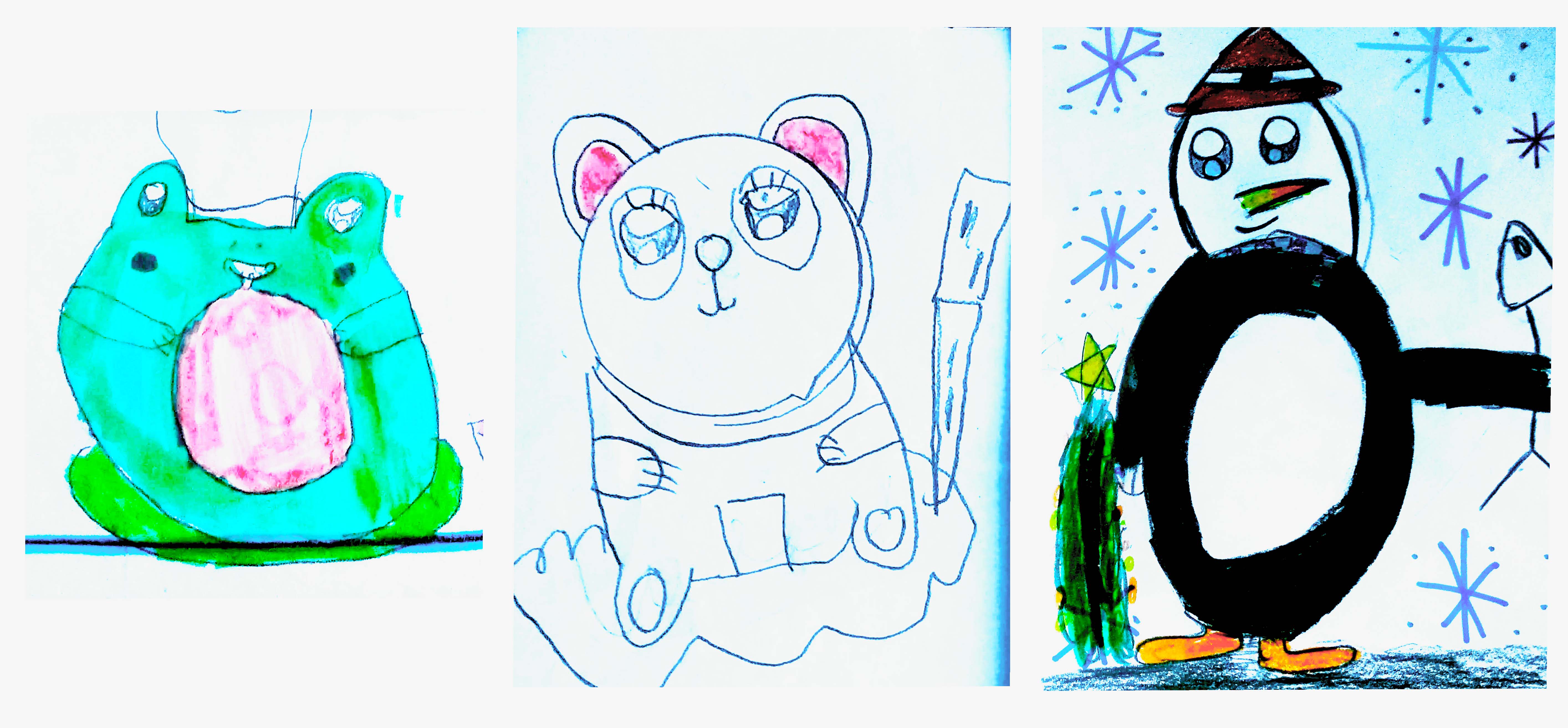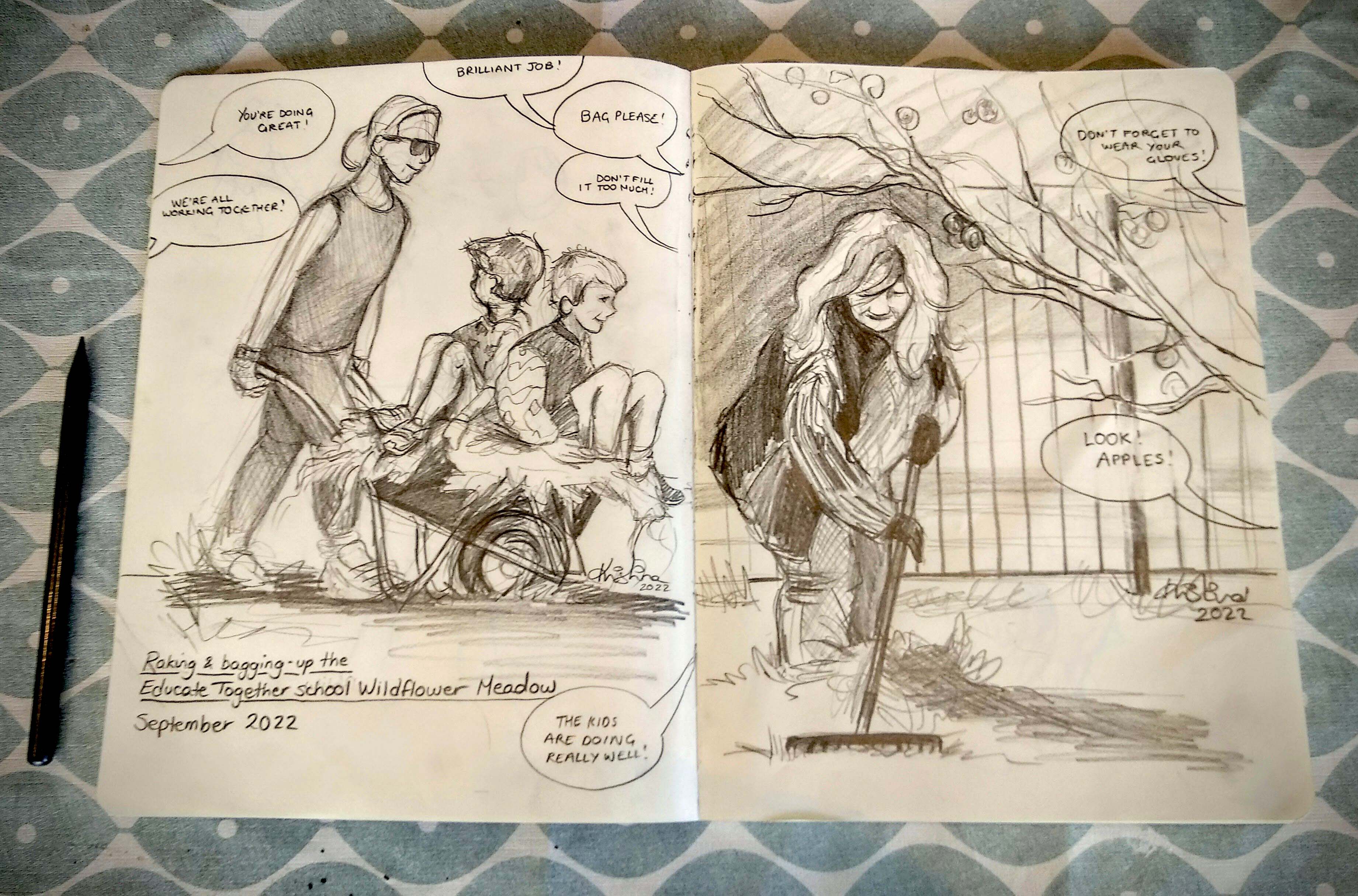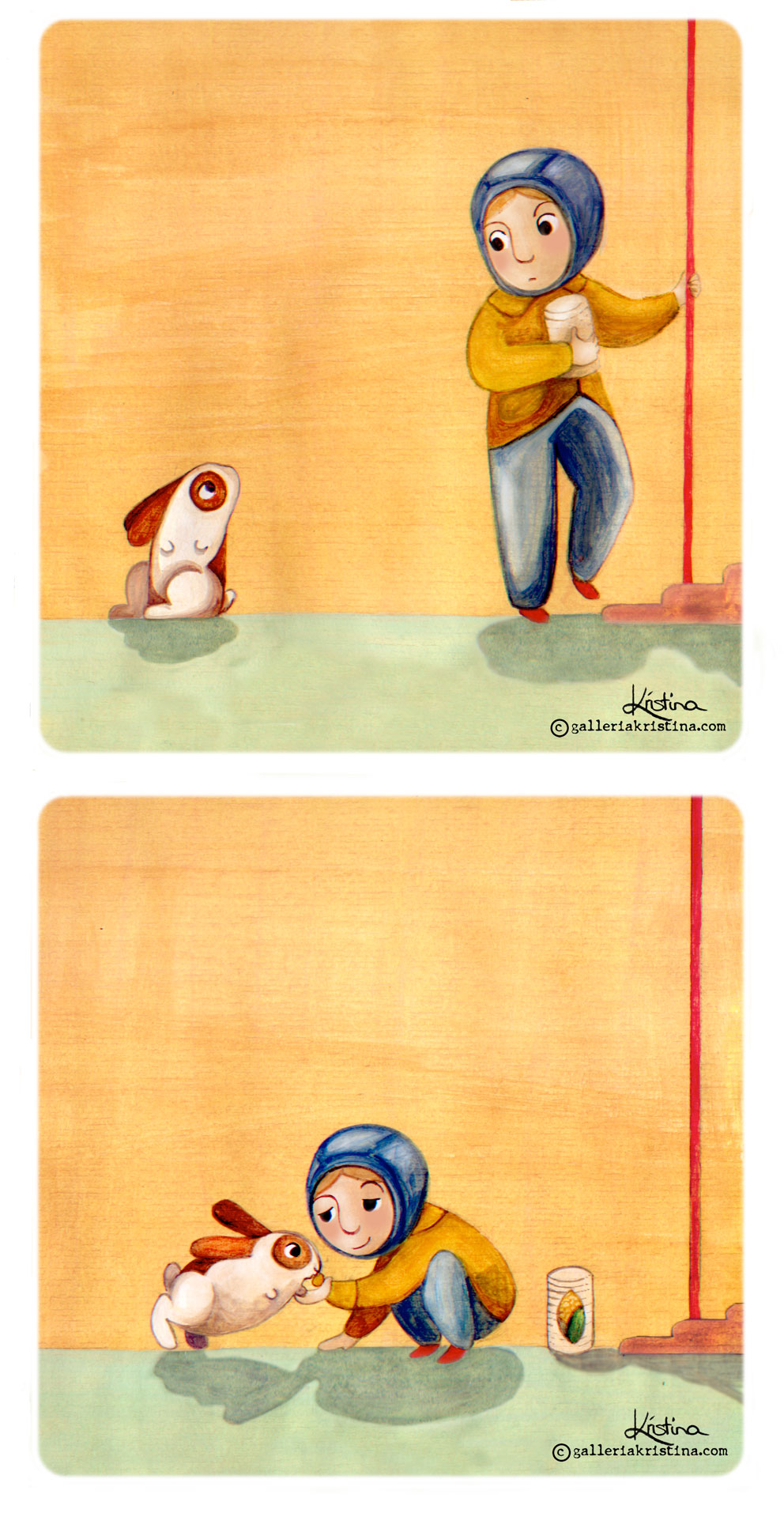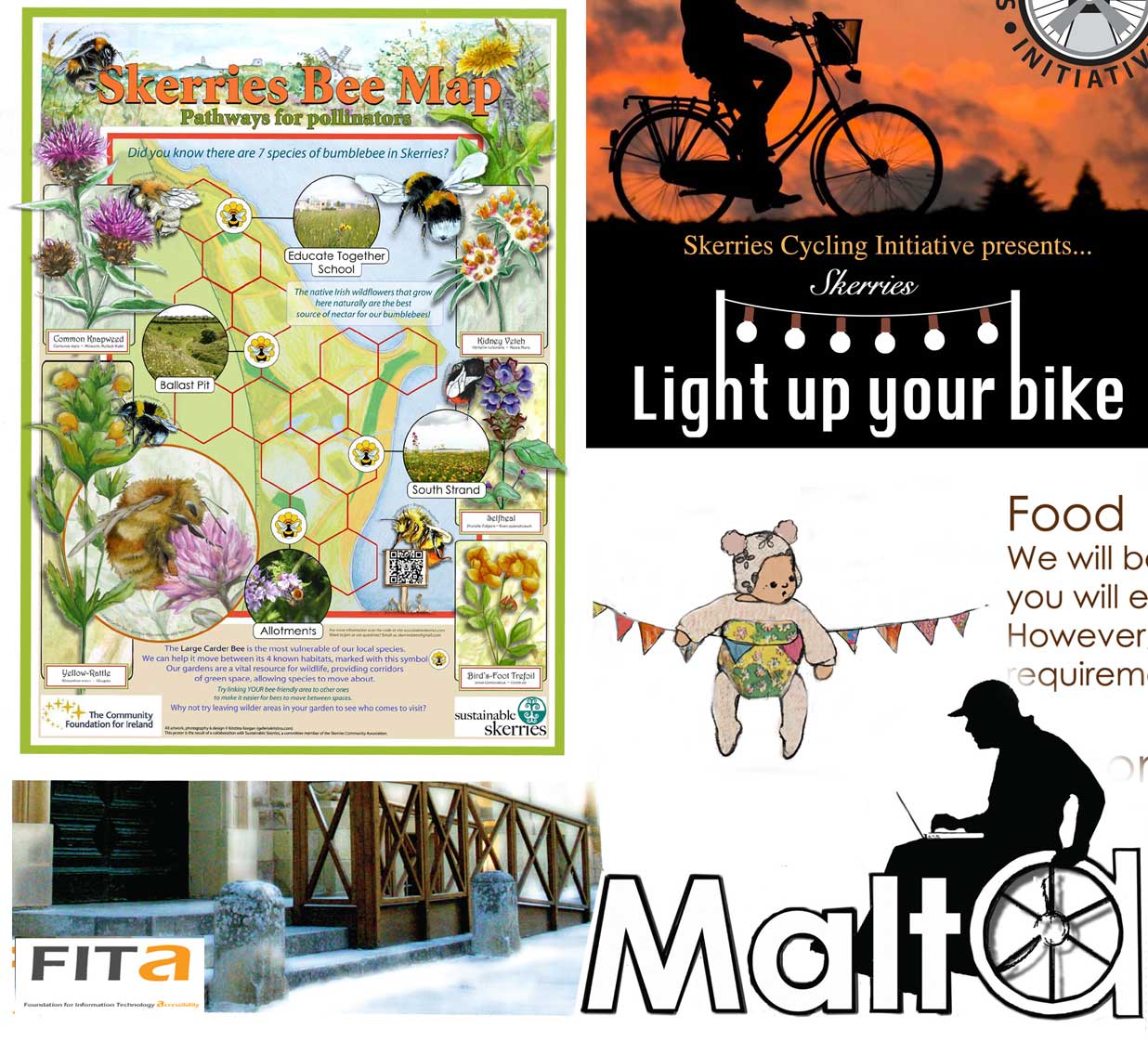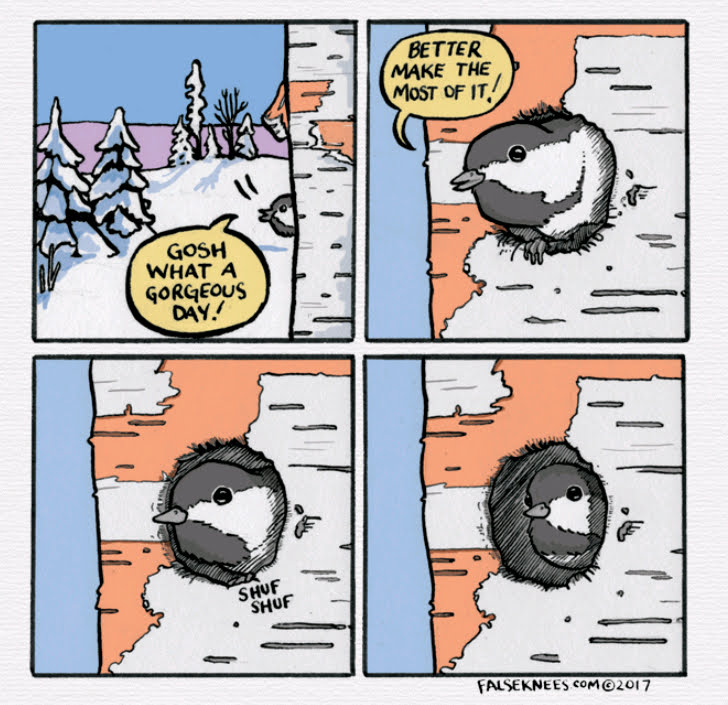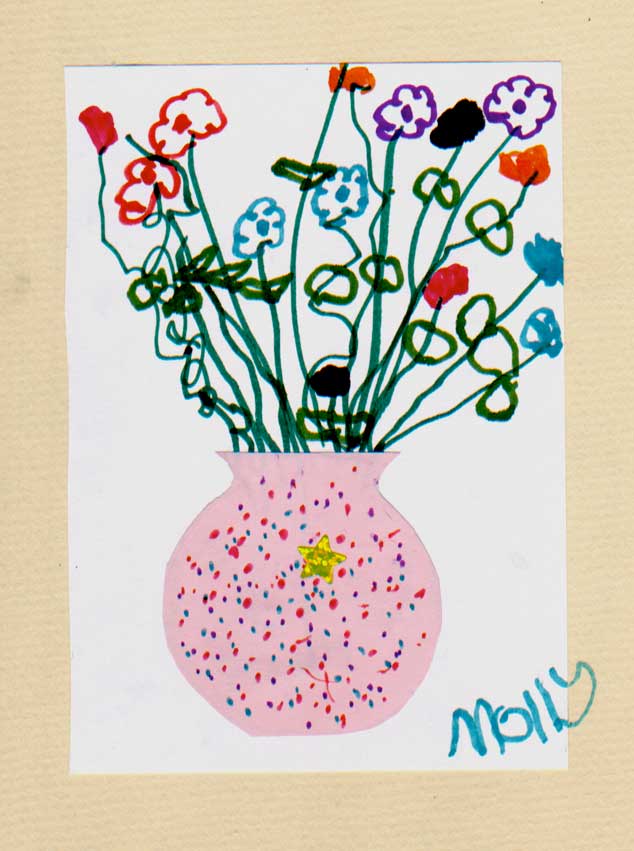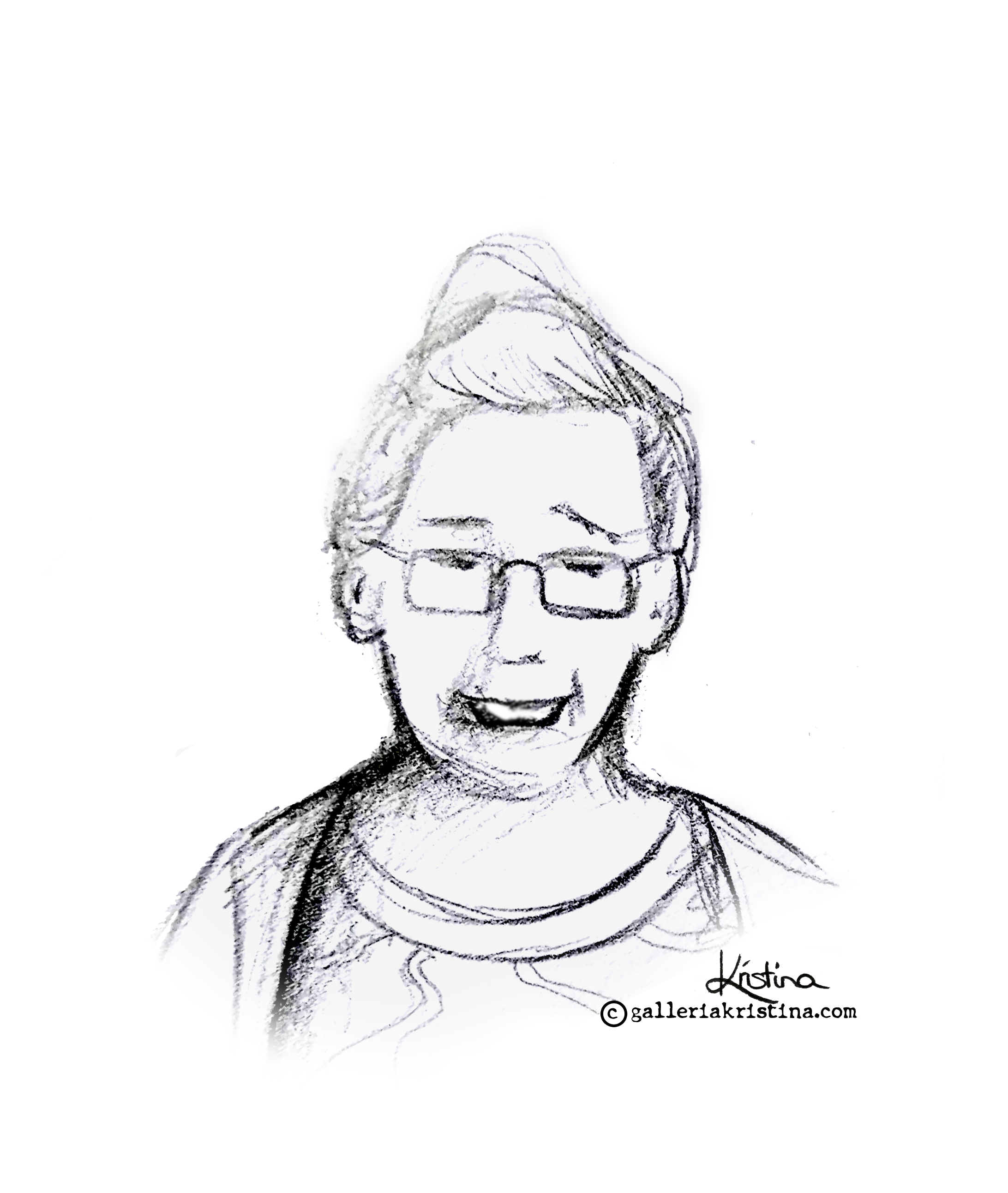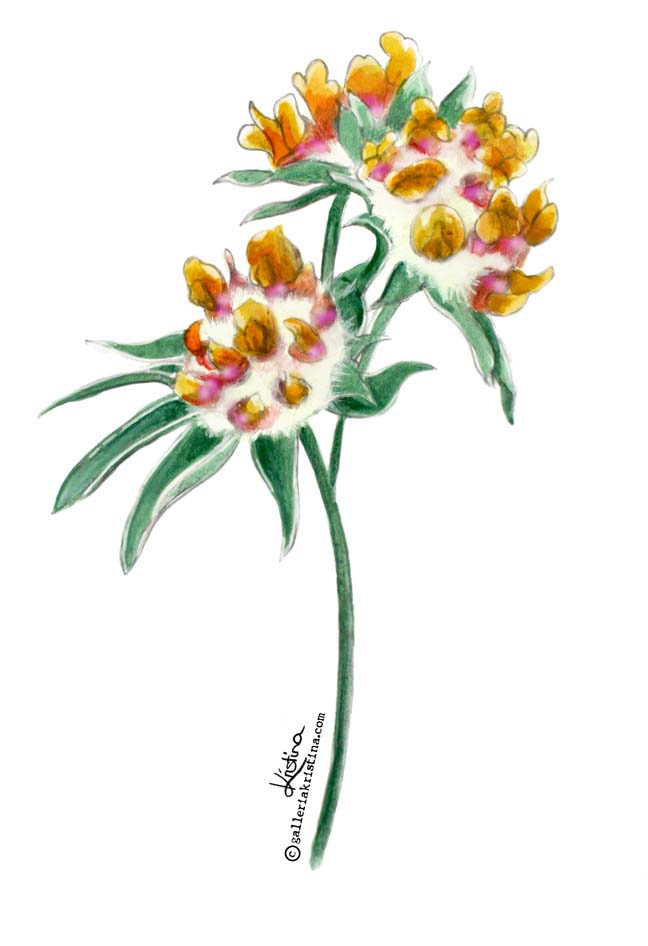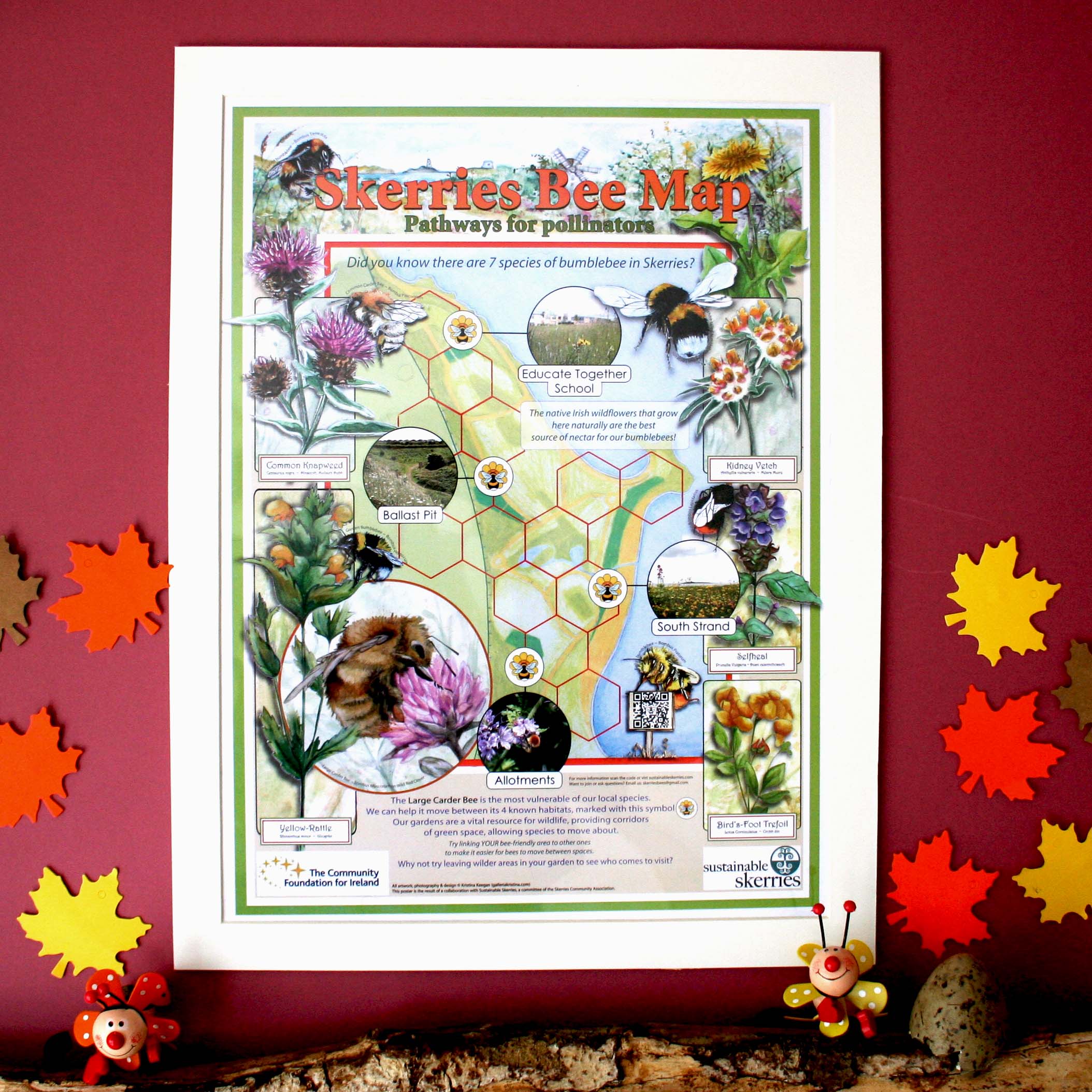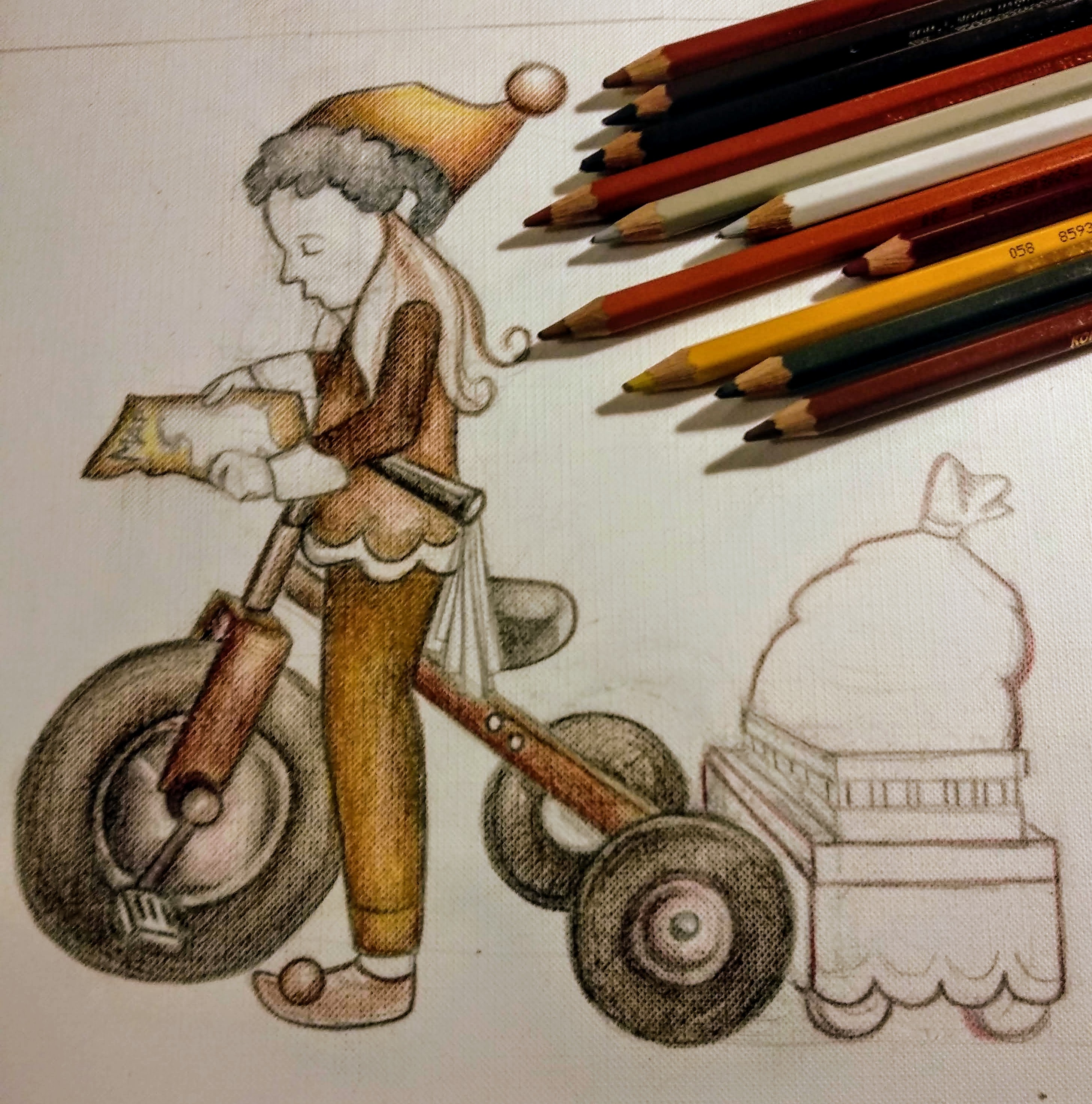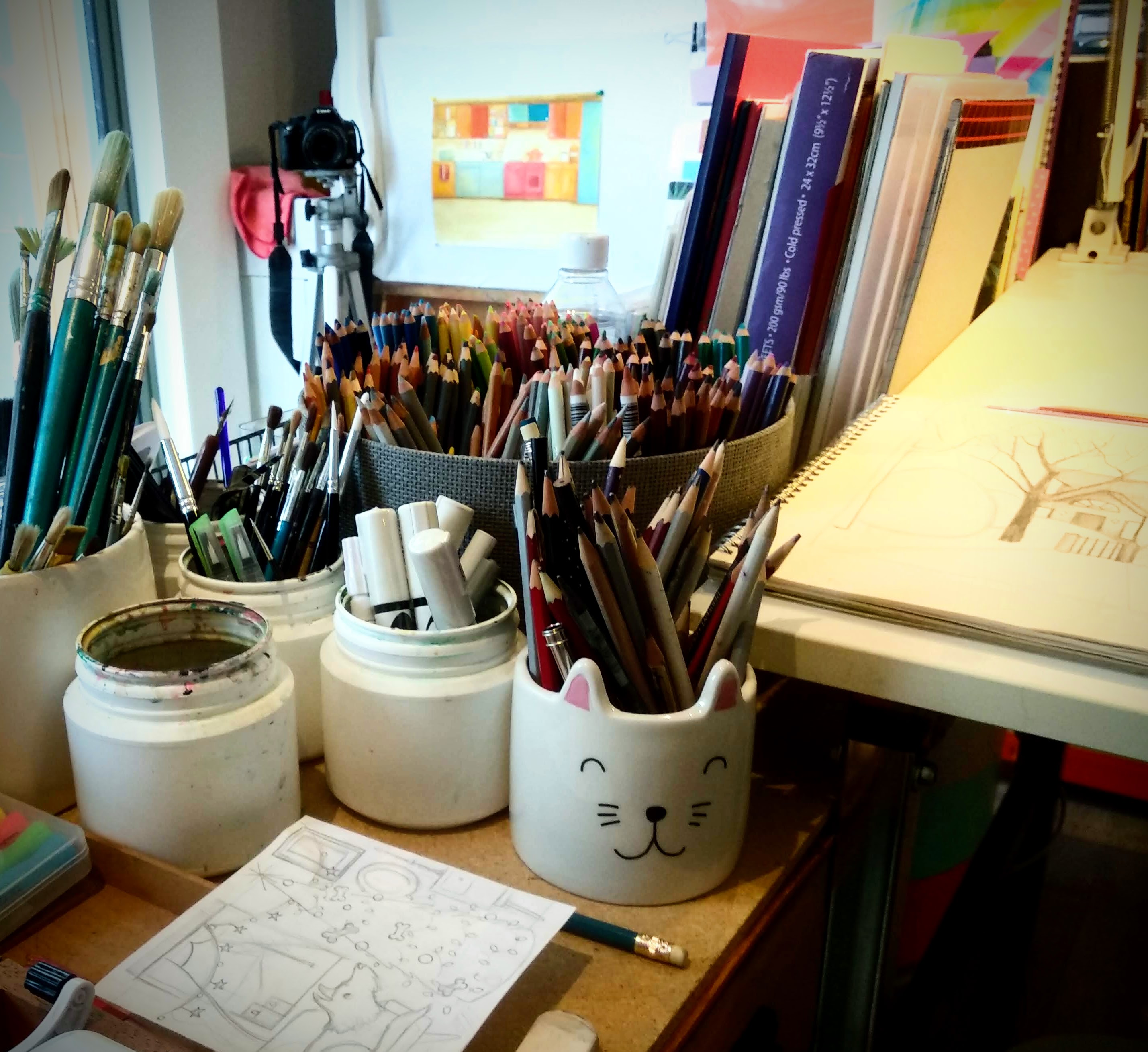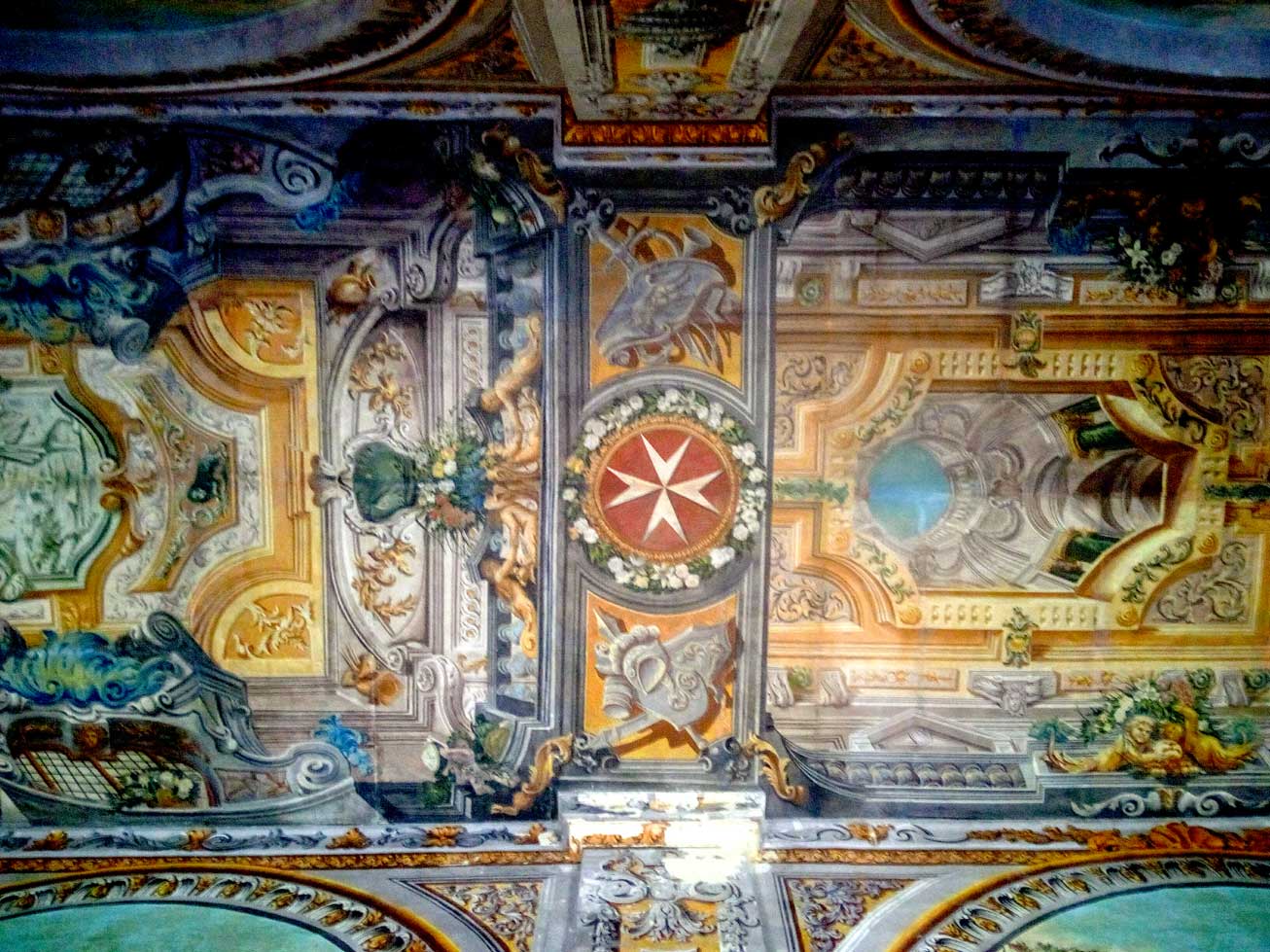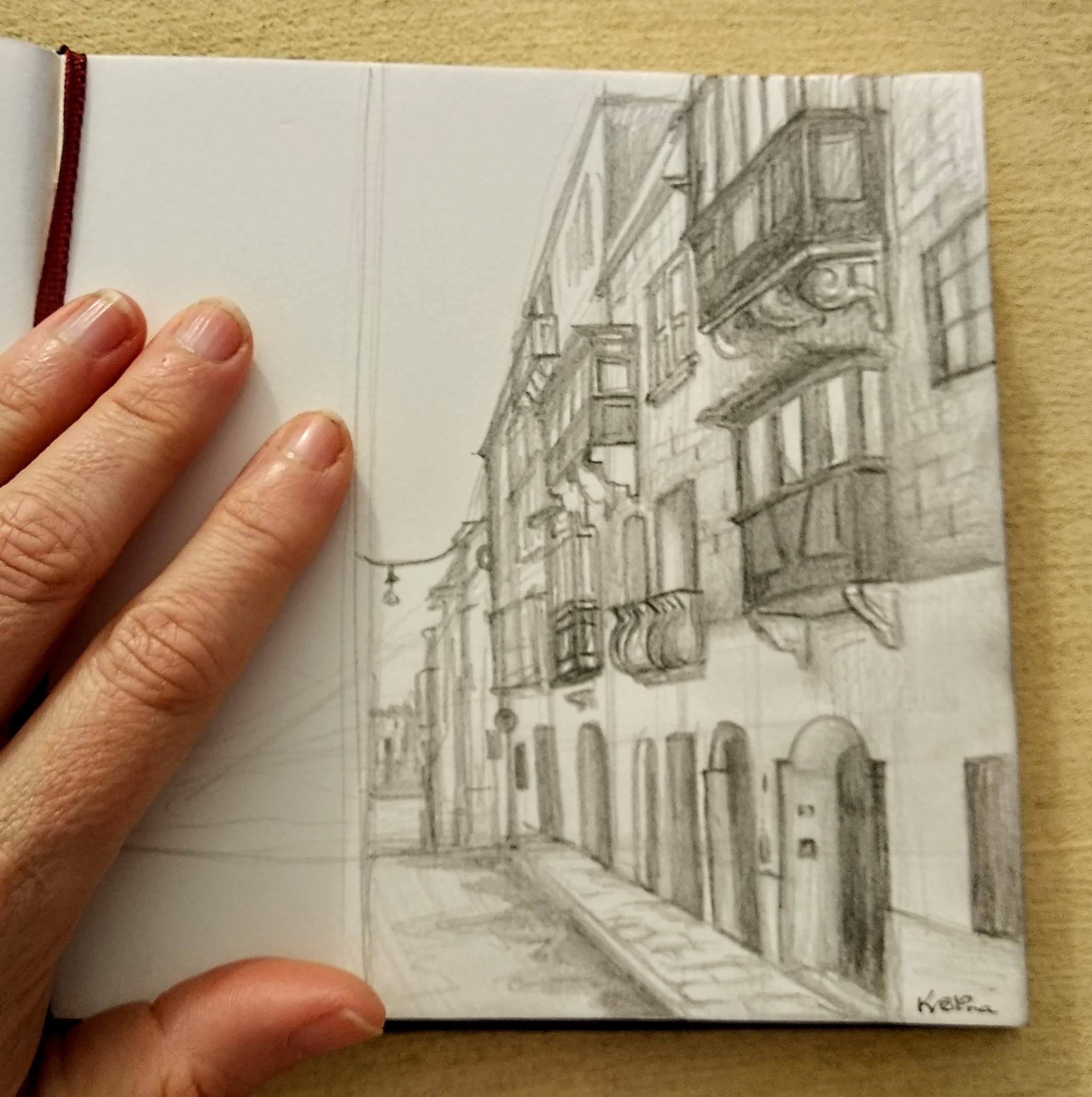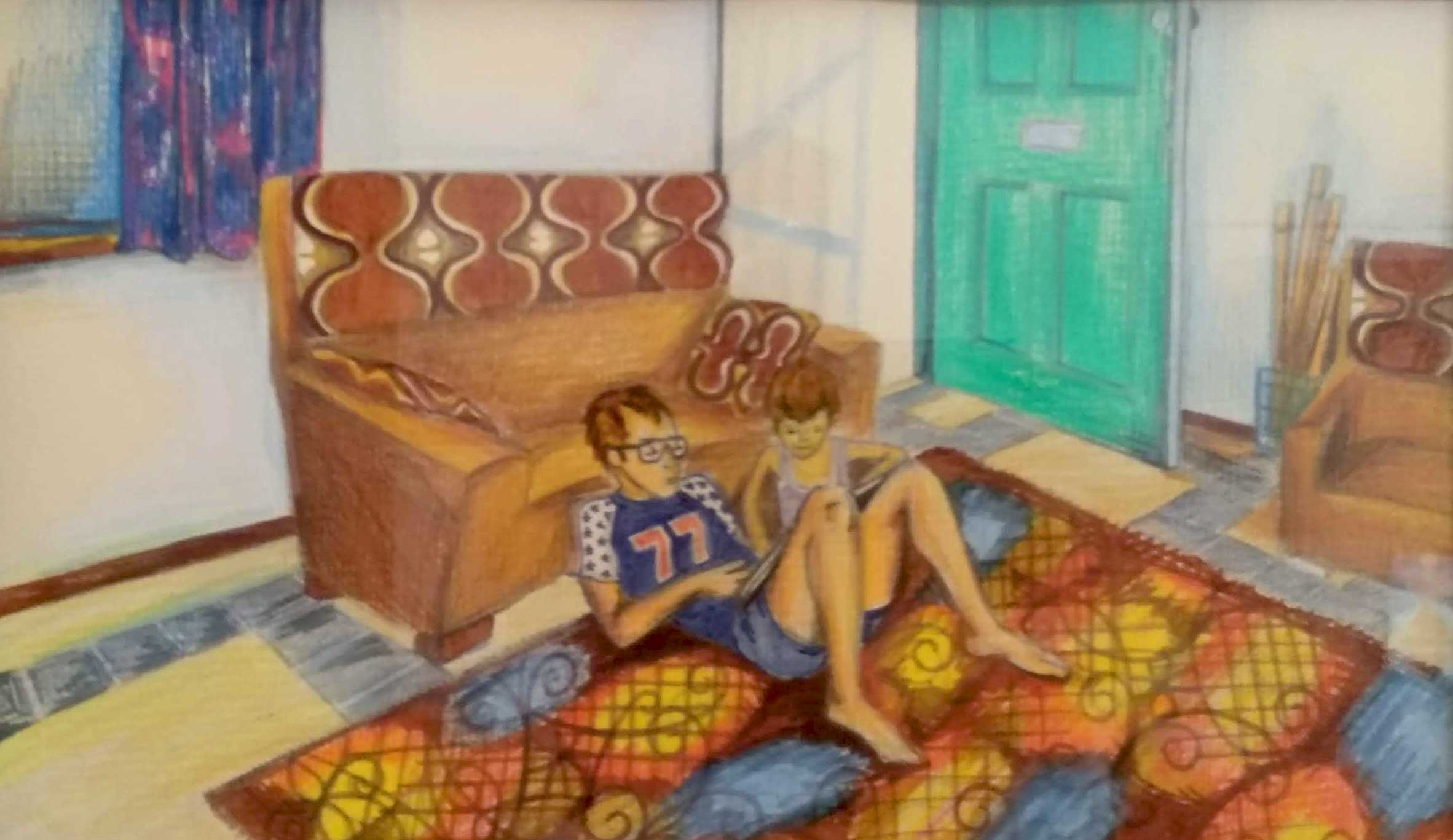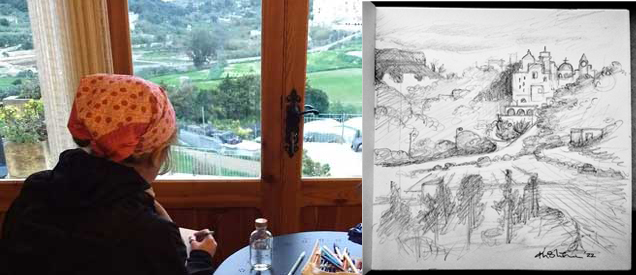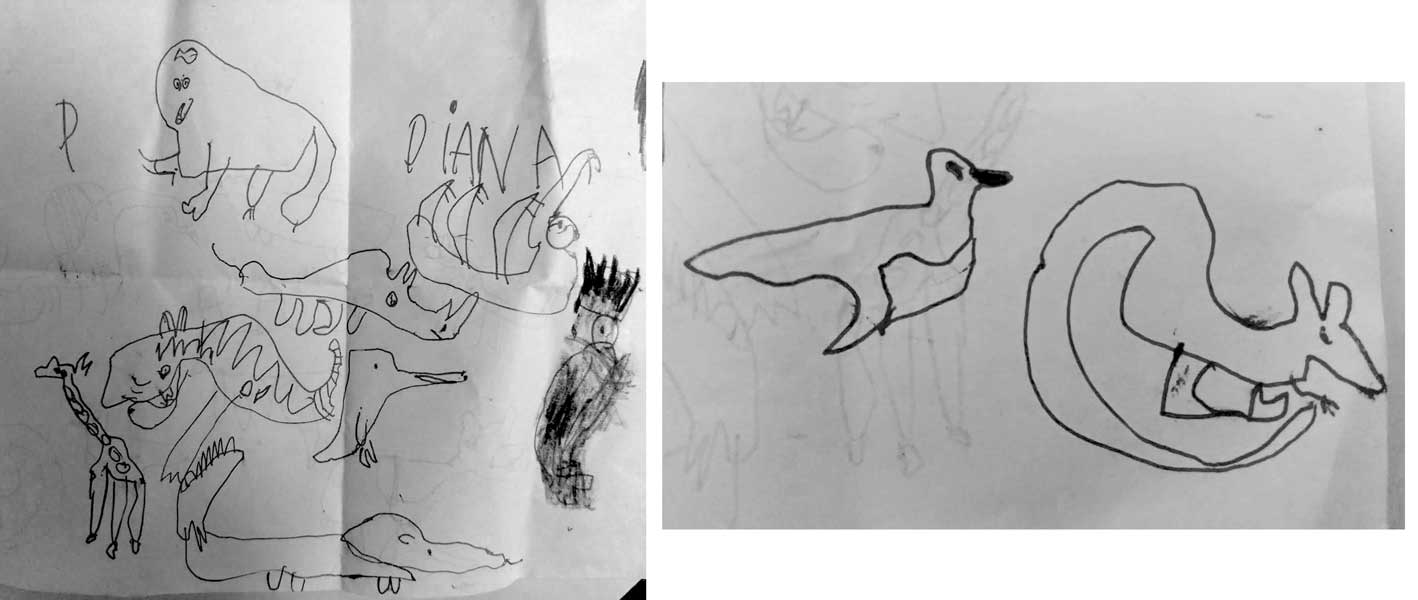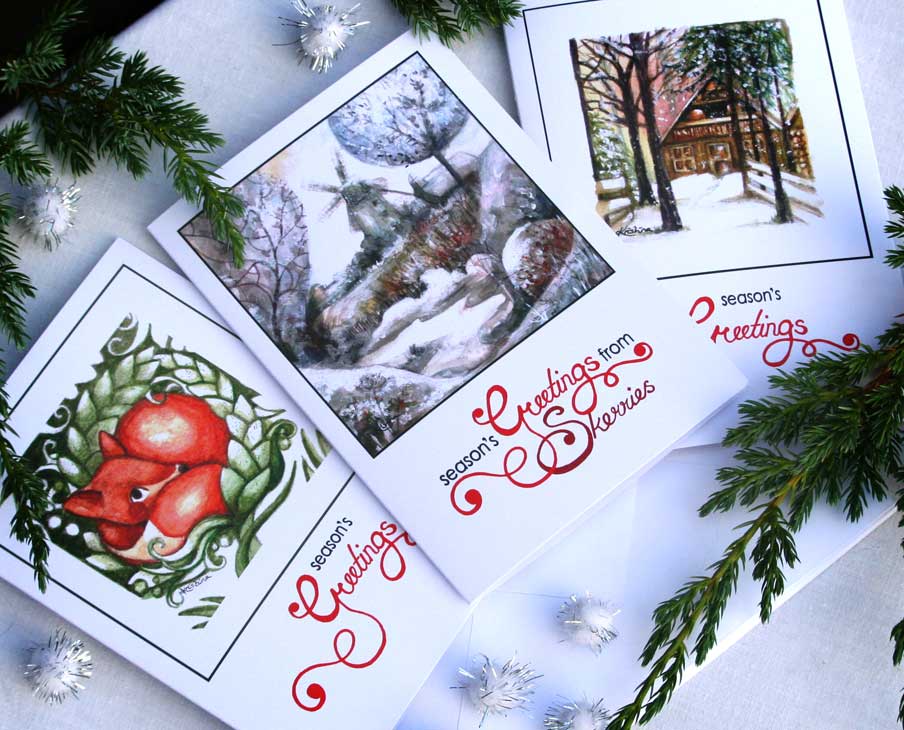
Winter has definitely arrived, and so has my latest batch of Christmas Cards! I’m delighted to announce that these are now on sale and can be purchased at Skerries Mills Gift Shop or direct from me!
Each original handpainted image was created using watercolours, gouache and ink. They were then digitally reproduced and printed on good quality card stock with the finishing touches applied by hand.
Just drop me an email: cards@galleriakristina.com and tell me which ones you’d like (Fox, Cabin or Mills) and you’re preferred payment method and I will arrange the rest!
N.B. delivery only available for the Skerries region at present. Cards cost €1.75 each or €5.00 for a pack of 3 direct from me. Payment in cash on delivery or by Revolut both accepted. Details will be sent by email.
